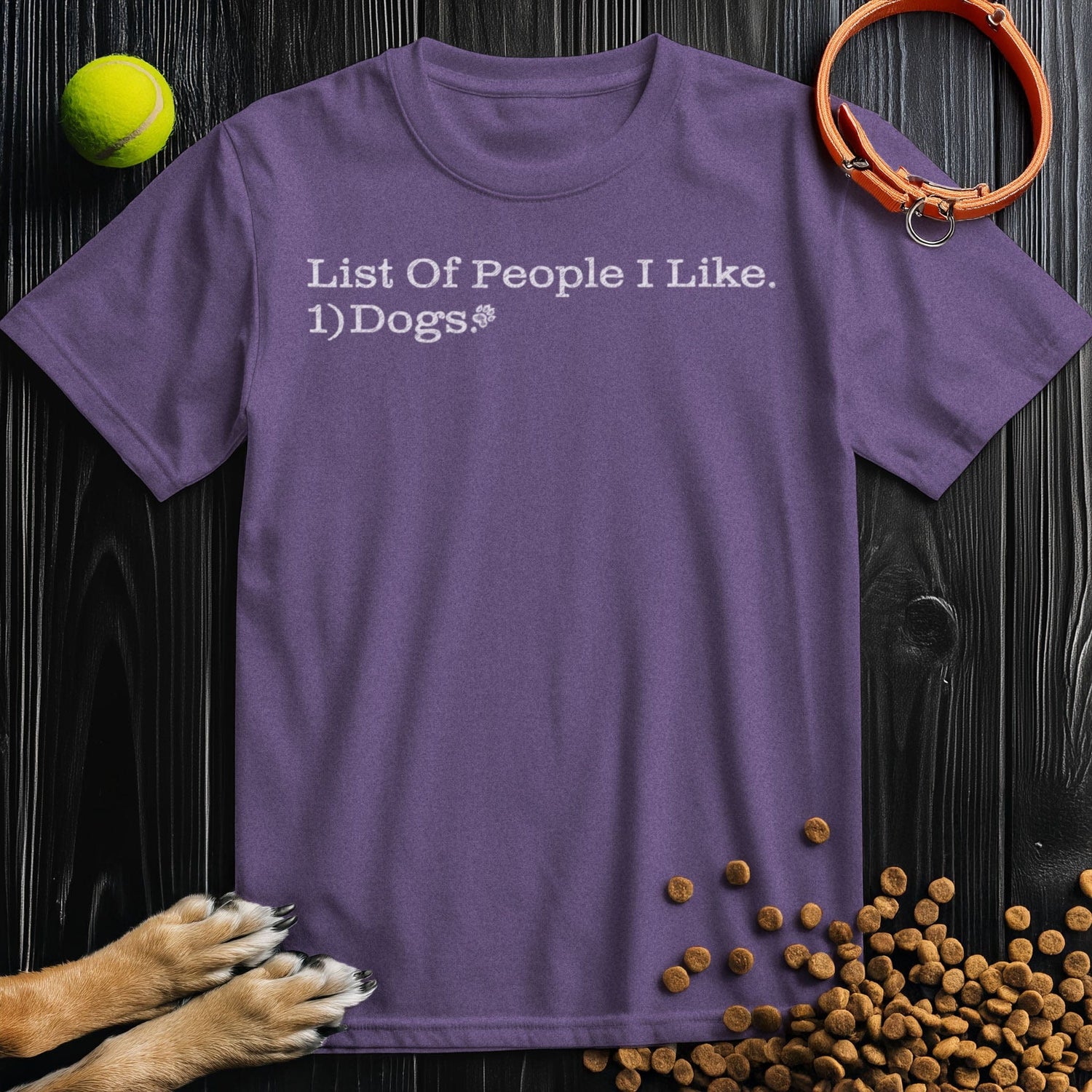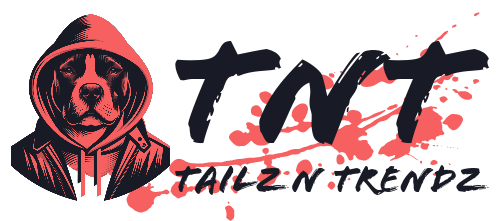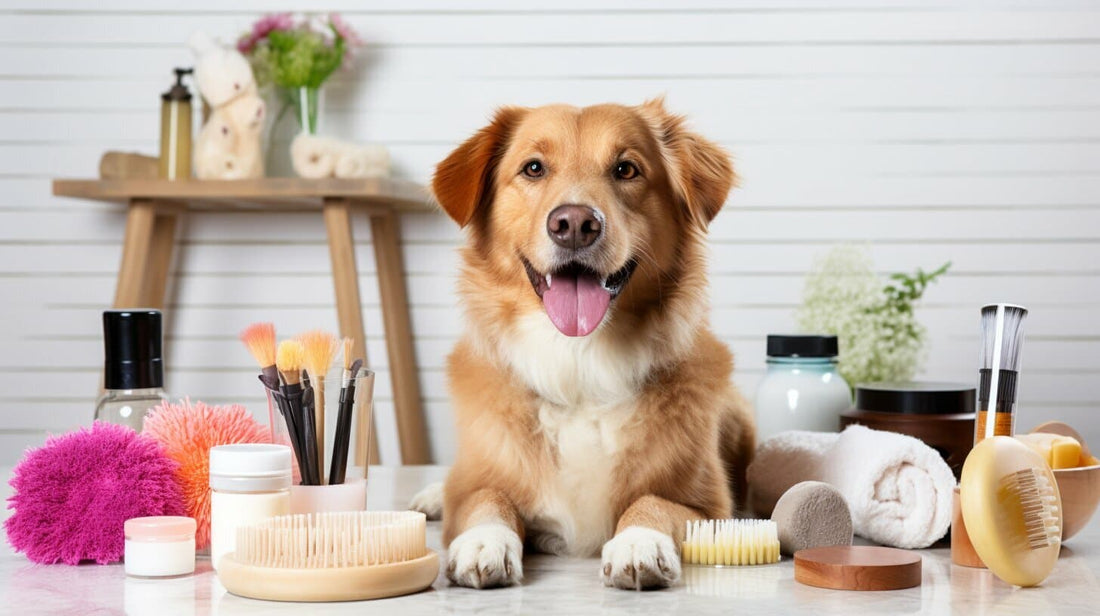Welcome to our guide on top dog grooming tips for pet owners who want to keep their furry friends looking and feeling their best! Regular grooming is an important aspect of your dog's overall health and well-being, and by following some simple techniques, you can maintain your dog's hygiene at home.
In this section, we'll cover dog grooming techniques that you can follow to keep your pup looking great, even if you're a beginner. So, let's dive in!
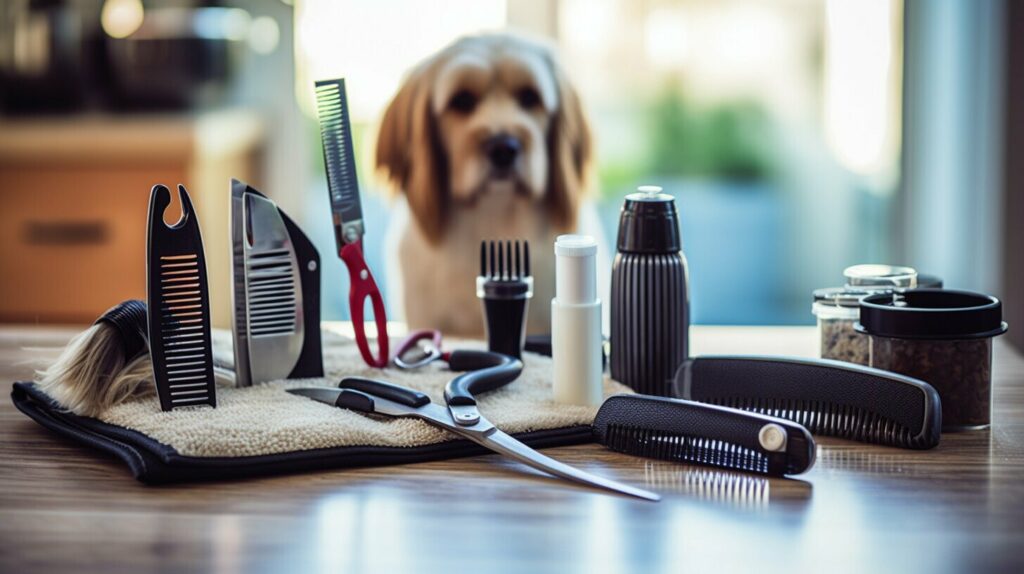
Key Takeaways
- Dog grooming is crucial for your pet's overall health and well-being.
- Regular grooming at home can save you money and strengthen your bond with your furry friend.
- Basic grooming techniques, such as brushing and bathing, can be easily learned and practiced at home.
Why is Dog Grooming Important?
Grooming your dog is not just about keeping him looking cute and cuddly. It's also essential for his overall health and wellbeing. Regular grooming can help prevent skin infections, matting, and other health issues that can cause discomfort and pain for your furry friend.
Professional dog grooming services are available, but grooming your dog at home can also be a bonding experience that strengthens the relationship between you and your pup. However, it's important to understand when to seek professional help to ensure your dog's grooming needs are adequately met.
When it comes to maintaining your dog's hygiene and appearance, grooming is a critical factor. Neglecting your dog's grooming can result in a range of issues, from skin irritation to ear infections. That's why regular grooming is a must for every responsible dog owner.
It's not just about keeping your dog clean and healthy; grooming also has emotional benefits for your pup. Regular grooming can help reduce anxiety and stress in dogs, creating a sense of calm and relaxation.
Essential Dog Grooming Supplies
Keeping your furry friend looking and feeling their best requires a few essential dog grooming supplies. Here is a list of items you will need for successful grooming sessions at home:
| Supplies | Description |
|---|---|
| Brushes and Combs | Invest in a good quality brush and comb that is appropriate for your dog's coat type. For example, a slicker brush is best for long-haired dogs, while a rubber brush is better for short-haired breeds. |
| Nail Clippers | Trimming your canine's nails is an essential part of grooming, as long nails can cause discomfort or even injury. Use a sharp pair of clippers designed for dogs and treat your pup with extra care. |
| Shampoo and Conditioner | Choose a high-quality, dog-specific shampoo and conditioner to keep your pet's coat looking clean and healthy. Avoid harsh chemicals that can irritate your dog's skin. |
| Cotton Balls and Ear Cleaner | Clean your dog's ears regularly to prevent infections. Use a gentle ear cleaner solution and cotton balls. |
| Toothbrush and Toothpaste | Oral hygiene is important for your furry friend's overall health. Use a dog toothbrush and toothpaste to keep those pearly whites sparkling. |
| Grooming Table | A grooming table can make the process easier for both you and your dog, especially if you have a larger breed. A non-skid surface will help your pup stay put during grooming sessions. |
| Dog Hair Dryer | If your dog has thick fur or long hair, a hair dryer can be a lifesaver. Choose one specifically designed for dogs and use the lowest heat setting to avoid burning their skin. |
Having these essential grooming supplies on hand will make it easy to keep your pup clean and healthy. Make sure to store them in a convenient location, so you can access them easily when it's time for grooming.
Step-by-Step Guide to Grooming Your Dog
Grooming your dog at home can seem intimidating at first, but with the right techniques and tools, it can become a stress-free and enjoyable experience for both you and your furry friend. Follow these step-by-step instructions to keep your pup looking and feeling their best:
- Start with brushing: Before giving your dog a bath, start by brushing their coat thoroughly to remove any tangles or mats. Use a slicker brush for long-haired breeds and a bristle brush for short-haired breeds. Brush in the direction of hair growth, and be gentle when working around sensitive areas like the face and ears.
- Gather your bathing supplies: Next, gather all your bathing supplies, including a dog-specific shampoo, a large towel, and a non-slip mat to place in the bathtub or shower. Fill the tub with warm water, making sure it's not too hot or too cold for your dog.
- Shampoo and rinse: Wet your dog's coat thoroughly, and then apply the shampoo, working it into a lather. Be careful not to get any in their eyes or ears. Rinse your dog's coat thoroughly with warm water, making sure to remove all the shampoo.
- Dry off your dog: Use a large towel to dry your dog off, starting with their head and working down to their tail. If your dog has long hair, you may want to use a hairdryer on a cool setting to dry their coat. Be sure to keep the hairdryer moving to avoid overheating any one spot.
- Trim their nails: Use a pair of nail clippers designed for dogs to trim your pup's nails. Be careful not to cut them too short, as this can cause bleeding. If you're not comfortable trimming your dog's nails, ask your vet or a professional groomer for help.
- Clean their ears: Use a cotton ball or soft cloth to gently clean your dog's ears. Avoid using Q-tips, as these can push dirt and wax further into the ear canal. If your dog's ears look red, swollen, or have a bad odor, make sure to have them checked by a vet.
- Finish with a brush: Once your dog is completely dry, give them a final brush to remove any loose hair and leave their coat looking shiny and healthy.
Remember, every dog is different, and their grooming needs may vary depending on their breed, age, and activity level. Always be gentle and patient, and be sure to reward your dog with plenty of treats and praise for good behavior during the grooming process.
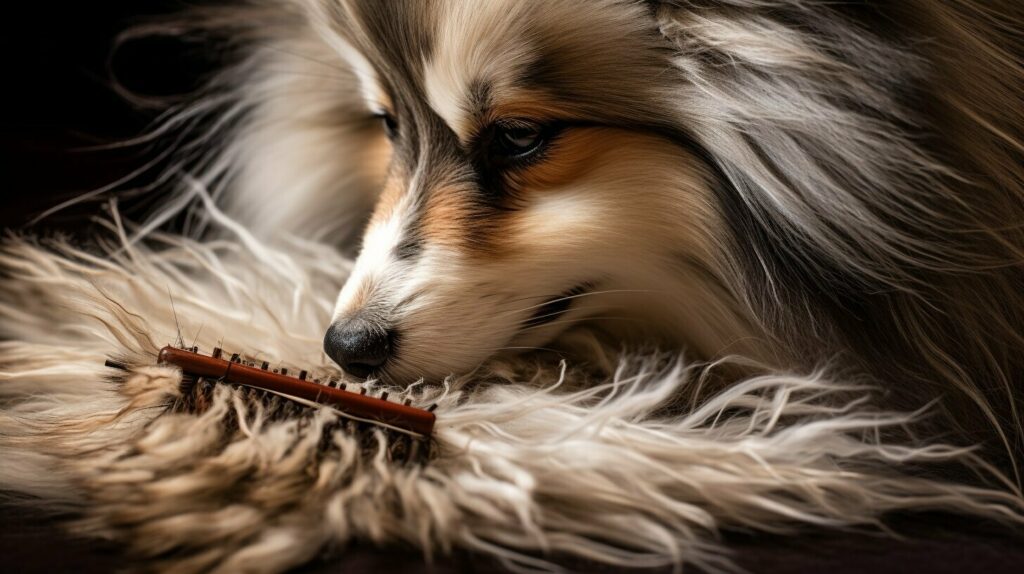
Dog Grooming Styles for Different Breeds
Different dog breeds have different grooming needs, and knowing the appropriate grooming style for your pup can help maintain their health and appearance. Here are some popular grooming styles for specific breeds:
| Breed | Grooming Style |
|---|---|
| Poodle | Continental Clip: A style that removes hair from the face, hindquarters, and tail, leaving a short puff of hair on the rest of the body. |
| Golden Retriever | Lion Cut: A style that leaves the hair long around the head and shoulders while clipping the rest of the body short, resembling a lion's mane. |
| Bichon Frise | Puppy Cut: A style that involves clipping the hair all over the body to a uniform length, giving the appearance of a puppy. |
| Cairn Terrier | Short Cut: A style that trims the hair short all over the body, including the ears and tail. |
It's essential to research the specific grooming needs of your dog's breed and consult with a professional groomer for guidance on the appropriate grooming style for your furry friend. A professional groomer can also recommend any additional grooming needs unique to your dog's breed.
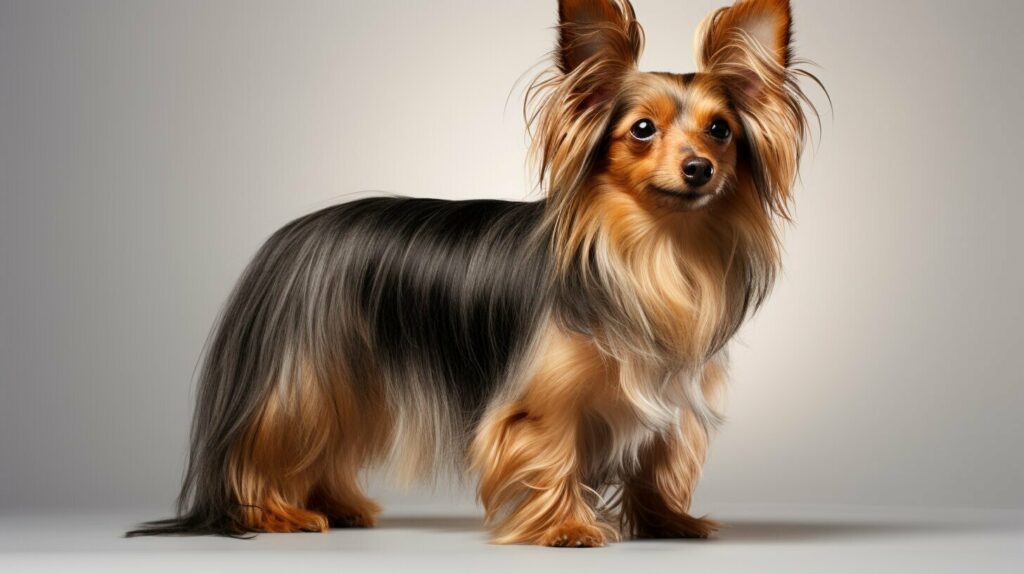
Tips for Dealing with Common Grooming Challenges
Grooming your dog can be a challenging task, especially if you encounter common issues such as nervousness, matting, or tangles. To help you overcome these challenges, we have compiled a list of expert tips and techniques that can make the grooming process smoother and less stressful for both you and your pup.
Handling Nervous Dogs
Some dogs can get nervous or anxious during grooming sessions, making it difficult to handle them. To help calm your dog, make sure you choose a quiet and comfortable location for grooming. It's also a good idea to introduce your pup to grooming tools gradually, starting with gentle brushing and moving on to more complex tasks over time. Reward your dog with treats and positive reinforcement to make the grooming experience more enjoyable.
Managing Matting or Tangles
Matting and tangles can make grooming a more difficult process. To avoid matting and tangles, make sure you brush your dog regularly, especially if they have long hair. If your dog already has mats or tangles, use a detangling spray or conditioner to help loosen the fur and make it easier to brush. For severe matting, consider consulting a professional groomer to ensure your dog's coat is properly cared for.
Dealing with Sensitive Areas
Sensitive areas, such as the ears, paws, and tail, can be challenging to groom. To make the process easier, use grooming tools that are specifically designed for sensitive areas, such as small scissors or clippers. Be gentle and take your time when grooming these areas, and reward your dog with treats and praise to keep them calm and relaxed.
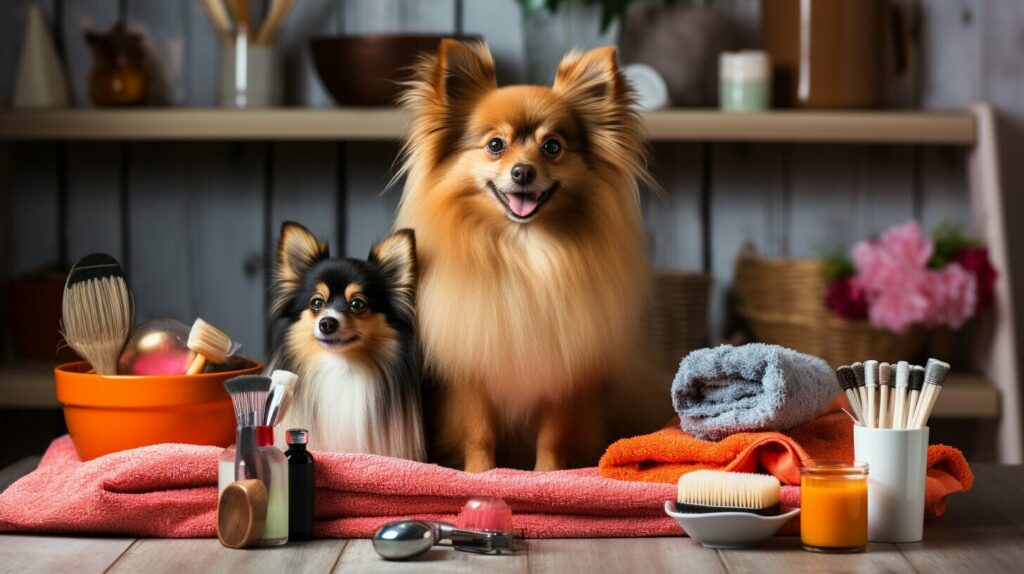
By following these tips and techniques, you can overcome common grooming challenges and make the grooming process a positive and enjoyable experience for both you and your furry friend.
Knowing When to Seek Professional Dog Grooming Services
While grooming your dog at home can be a rewarding experience, there are times when seeking professional grooming services is necessary. Professional groomers have the knowledge and expertise to handle complex grooming tasks and can provide specialized care for specific breeds.
If your dog has a long or thick coat that requires regular trimming or hand-scissoring, professional grooming can be a time-saving solution. Likewise, if your dog has health issues or sensitive skin, a professional groomer can provide the appropriate care and ensure your pet's safety during the grooming process.
If you are unsure whether your dog requires professional grooming services, speak with your veterinarian or a reputable groomer. They can advise you on the best course of action based on your dog's needs.
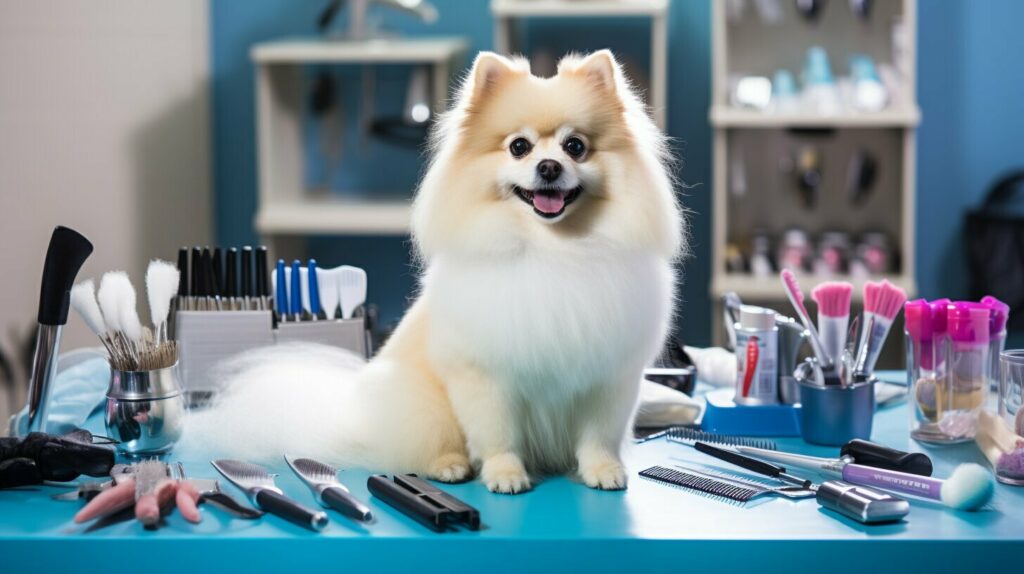
Dog Grooming Tips for Maintaining Healthy Skin and Coat
Grooming your dog regularly is not only essential for their appearance but also for their overall health. Proper grooming practices contribute to maintaining a healthy skin and coat, preventing infections and skin diseases, and promoting good hygiene for your furry friend.
Here are some useful dog grooming tips to help you maintain a healthy skin and coat for your dog:
Regular Brushing
Regular brushing is one of the most important steps in maintaining a healthy coat for your dog. Brushing helps to remove dirt, loose fur, and tangles, preventing matting and the accumulation of debris in their coat. It also stimulates blood flow to the skin, promoting a healthy coat. The frequency of brushing depends on your dog's coat type, but it is recommended to brush them at least once a week.
Appropriate Bathing Frequency
Bathing your dog too frequently can strip their coat of natural oils, leading to dry and itchy skin. On the other hand, not bathing them enough can result in a buildup of dirt and bacteria, causing an unpleasant odor and skin irritation. The appropriate bathing frequency depends on your dog's activity level and coat type. Generally, it is recommended to bathe your dog once a month, or every six to eight weeks.
Choosing the Right Grooming Products
Choosing the right grooming products for your dog is vital in maintaining a healthy skin and coat. Use shampoos and conditioners that are specifically formulated for dogs, and avoid using human products as they may cause skin irritation. Look for products with natural ingredients and no harsh chemicals that can strip the natural oils from their coat.
The Importance of Nutrition
Proper nutrition is crucial for maintaining a healthy coat for your dog. Feeding them a well-balanced diet with all the essential vitamins and minerals can help promote healthy skin and coat. Consult with your veterinarian for recommendations on the best diet for your dog's needs.
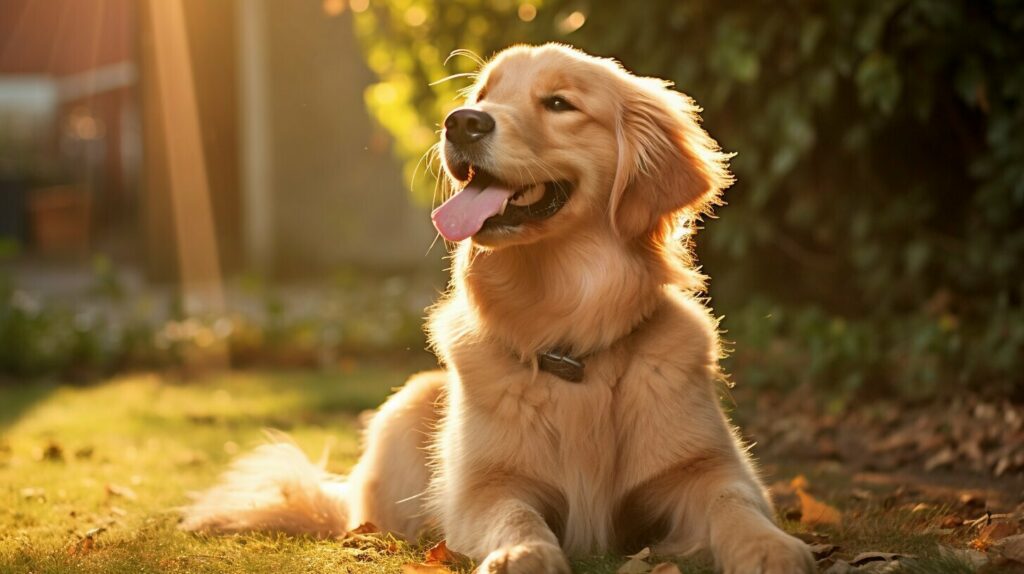
"Maintaining a healthy skin and coat for your dog is essential for their overall health. Follow these tips for a shiny, healthy coat for your furry friend!"
Creating a Dog Grooming Checklist
A successful grooming session requires preparation and organization. This is where a grooming checklist comes in handy. A checklist ensures you have all the required tools and supplies before starting to groom your furry friend, reducing the stress and chaos during the process.
Here's a sample checklist to help you get started:
| Grooming Tools | Supplies |
|---|---|
| Brush | Shampoo |
| Comb | Conditioner |
| Nail Clippers | Towels |
| Ear Cleaner | Dryer |
| Toothbrush and Toothpaste | Scissors |
Next, you can add specific steps to follow based on your dog's grooming needs. This may include brushing, bathing, nail trimming, ear cleaning, teeth brushing, and hair trimming. For example:
- Start by brushing your dog's coat to remove any tangles or mats.
- Then, give your dog a bath using warm water and the appropriate shampoo and conditioner for their coat type.
- Dry your dog using a towel or a dryer, taking care to avoid their sensitive areas.
- Trim your dog's nails using a nail clipper or grinder, being careful not to cut into the quick (the pink part of the nail).
- Clean your dog's ears using a vet-approved ear cleaner and cotton balls or pads.
- Brush your dog's teeth using a toothbrush and toothpaste specifically designed for dogs.
- If necessary, trim your dog's hair using scissors or clippers to achieve the desired grooming style.
By following a checklist, you can ensure that you have all the necessary items and complete the grooming process efficiently. You can also customize the checklist to fit your dog's specific grooming needs and preferences.
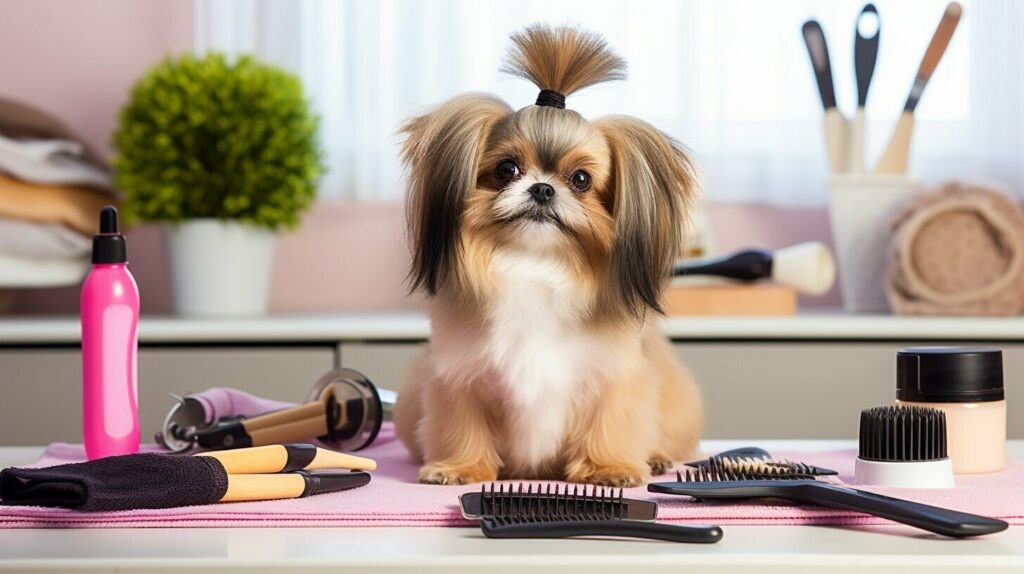
A grooming checklist can make the grooming process easier and less stressful for both you and your furry friend. By keeping all the necessary items handy and following a step-by-step process, you can ensure your pup looks and feels their best after each grooming session.
Conclusion
Regular grooming is an essential part of taking care of your furry friend. By following the tips and techniques provided in this article, you can easily groom your dog at home and keep them looking and feeling their best. From choosing the right grooming tools to dealing with common challenges, we've covered everything you need to know to keep your pup healthy and happy.
Remember, grooming isn't just about making your dog look good. It plays a crucial role in maintaining their overall health and well-being. By establishing a regular grooming routine and sticking to it, you can help your dog avoid common health problems and enjoy a long and happy life by your side.
So what are you waiting for? Get out there and start grooming your pup today!
FAQ
Q: Why is dog grooming important?
A: Dog grooming is crucial for maintaining the overall health and well-being of your furry friend. Regular grooming helps keep their coat clean and free from mats, prevents skin issues, reduces shedding, and promotes good hygiene.
Q: What are the essential dog grooming supplies?
A: Some essential dog grooming supplies include brushes, combs, nail clippers, shampoos, conditioners, ear cleaning solutions, and toothbrushes. These tools ensure you have everything you need for a successful grooming session at home.
Q: How do I groom my dog step-by-step?
A: To groom your dog at home, start by brushing their coat to remove any tangles or loose hair. Then, give them a bath using dog-specific shampoo, trim their nails, clean their ears, and brush their teeth. Take it slow and be gentle to keep your dog comfortable throughout the process.
Q: Are there specific grooming styles for different dog breeds?
A: Yes, different dog breeds have specific grooming styles that suit their coat type and appearance. For example, poodles may require a stylish haircut, while terriers may need hand-stripping. It's important to research the grooming requirements for your specific breed.
Q: How can I deal with common grooming challenges?
A: To handle common grooming challenges, such as nervous dogs or matting, try using positive reinforcement techniques and rewards to keep your dog calm. For tangles, use detangling sprays or seek professional help if necessary. Take extra care when grooming sensitive areas and go slow to avoid any discomfort.
Q: When should I seek professional dog grooming services?
A: You may consider professional dog grooming services if your dog has complex grooming needs, specific breed requirements, or if you're unsure about handling certain tasks such as difficult haircuts or nail trims. A professional groomer can provide expertise and ensure your dog gets the best possible care.
Q: How can I maintain a healthy skin and coat for my dog?
A: Regular brushing helps prevent tangles and distributes natural oils, promoting a healthy skin and shiny coat. Choose grooming products that are tailored to your dog's needs and consider their nutrition as well. A well-balanced diet and proper grooming techniques contribute to a healthy skin and coat.
Q: What should be on my dog grooming checklist?
A: A dog grooming checklist should include essential supplies like brushes, combs, shampoos, nail clippers, and ear cleaning solutions. It should also outline the steps involved in grooming, such as brushing, bathing, nail trimming, ear cleaning, and tooth brushing.
